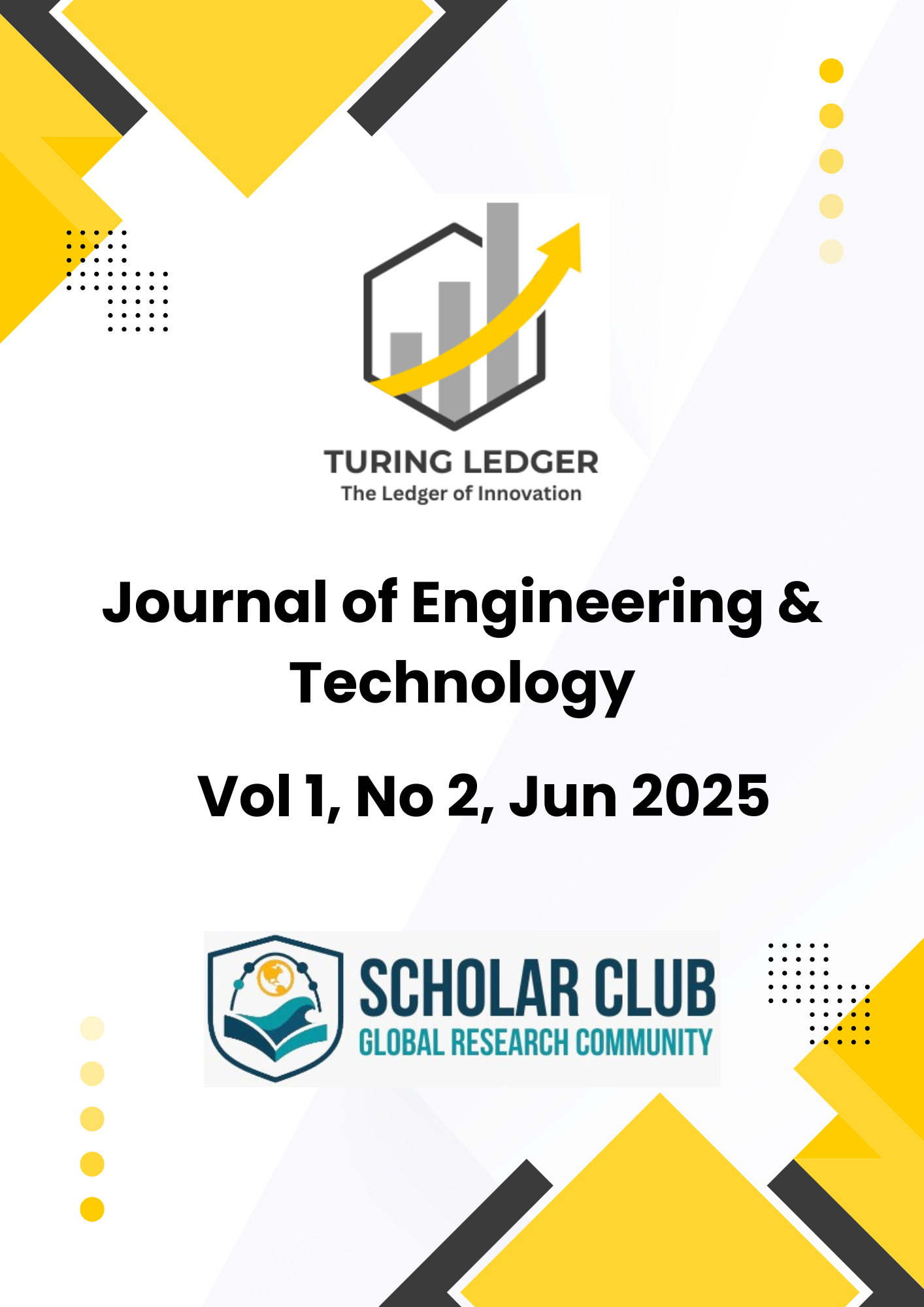Integration of Smart Materials and Nanotechnology in Civil Engineering: Transforming Infrastructure for the Future
Keywords:
Smart Materials, Nanotechnology, Civil Engineering, Self-Healing Concrete, Shape-Memory Alloys, Infrastructure Sustainability, Nanomaterials, Intelligent Infrastructure, Structural Health Monitoring, Sustainable ConstructionAbstract
Because of the extended velocity of improvement of engineering technology, clever substances and nanotechnology are being advanced and carried out in civil engineering. Current-day methodologies are geared toward durability, sustainability, and environmental element adaptability as antagonistic to traditional manufacturing methods. Smart substances, inclusive of self-restoration concrete, form reminiscence alloys and piezoelectric gadgets have proven big capacity in extending infrastructure lifespan and lowering preservation costs. Also, nanotechnology has added contemporary-day answers at the molecular degree, that have an effect on enhancing mechanical lodging of introduction substances, enhancing thermal insulation and making sure extra resistance to corrosion, water penetration and outside stress.
The synergy of these fields gives a paradigm alternate to civil engineering applications. For example, concrete containing nanomaterials may have its compressive energy significantly stronger, and clever coatings can equip homes with an remarkable capacity to guard towards risky pollutants and ultraviolet radiation. Such innovation additionally advances global sustainability dreams with the aid of using assisting to lessen material waste, carbon emissions and advertising inexperienced manufacturing options. Moreover, digital engineering software, Building Information Modeling (BIM) and structural health tracking structures are being included with nanotechnology to allow improvement of clever infrastructures that could autonomously hit upon and restore minor damages, offering an stronger degree of safety and less expensive upkeep.
This paper pursuits to importantly point out the function of clever substances and nanotechnology withinside the civil engineering primarily based totally at the current literature, case studies, and experimental data. By evaluating their conceptual applications, strengths and weaknesses, the evaluation highlights the manner trends are redefining the following technology of resilient, sustainable and adaptive infrastructure structures. The consequences endorse that civil engineering is getting into a transformative period, wherein the innovation on each macro and nano degree will redefine the necessities of the contemporary manufacturing






